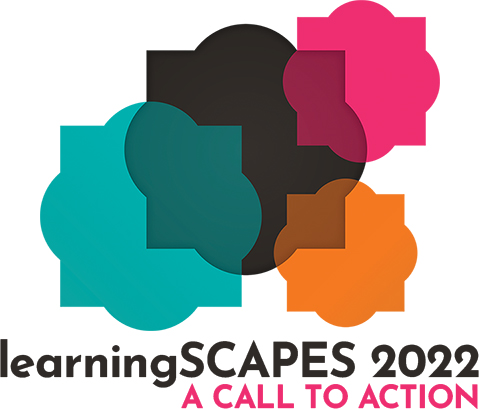 | 1.5 LU / HSW |
 | 1.5 LU / HSW |
As the profession strives to improve educational equity across the spectrum of society, a lot of effort has been invested in addressing socio-economic challenges. Today’s educators and planners have come to recognize individuality and the idea that “one size does not fit all” as integral to the learning experience. Coming through the pandemic now has enhanced our awareness of the broad range of neurodiversity needs that student may have and brought the notion of spatial inclusivity to the forefront. A recent OECD study has heightened this understanding by confirming the close relationship between social/emotional learning and academic achievement. In turn, we need to better connect interior experiential qualities at the macro scale of spaces all the way to the micro level of furniture to help advance progressive pedagogical philosophies of inclusivity as well as students’ health and well-being. This presentation will explore ways to address the spatial aspects of designing for equity from the perspective of all students’ potential challenges or needs, asking broader questions about the architectural and educational implications. We will discuss how several projects have dealt with spatial inclusivity at various levels, from high schools to an elementary school designed to embrace a significant transient student population. Excerpts from the presented projects will highlight key approaches that support a variety of neurodiversity needs and naturally improve students’ and teachers’ health and well-being. We will further cross-examine these examples with specific research insights to enhance our ability to envision learning environments and experiences within a paradigm where the power of social emotional learning permeates the curriculum.
Learning Objectives:

Page is a leading voice in conversations on educational visioning to intentionally connect learning experiences with space design. Of specific interest is integrating neuroscience and social brain research with principles of a ProSocialTM Learning Ecosystem to accelerate student engagement. A lifelong educator, Page holds a PhD from the University of Oregon in Educational Policy and Management. She serves as Chief Education Evangelist at Meteor Education and as an ALEP faculty member.

The relationship between educational facilities and their physical context is of particular interest to Boris, resulting in a philosophical basis for his work. His design approach focuses on the connection between learning outcomes and students’ perception of the built environment to provide inclusive and invigorating experiences. Boris holds a Bachelor of Architecture from the University of Zagreb in Croatia, and a Master of Design Studies from the Harvard Graduate School of Design.

The built and natural environments have profound impacts on our behaviors both for better and worse. How do we cultivate a sense of place for better? How might the built and natural environments be made to enhance teaching and learning? How might school buildings and grounds foster a sense of community by reflecting those they serve?
Primary Core Competency
Educational Visioning: Exhibits an understanding of best and next practices related to educationalleadership, programming, teaching, learning, planning and facility design. Establishes credibility with educators, community members and design professionals while conceiving and leading a community-based visioning process. Demonstrates the ability to articulate the impact of learning environments on teaching and learning and uses that ability to facilitate a dialogue that uncovers the unique needs and long-range goals of an educational institution and its stakeholders – translating that into an actionable written/graphic program of requirements for the design practitioner.
Learning Units/Health, Safety, Welfare (LU/HSW)
This course will focus on promoting sound building design through supporting the social/emotional health and wellness of all users. We will also explain how biophilia and connections to nature can impact student health and well-being at every level, including those with unique cognitive, social, and emotional needs. Presentation will consider the environment from the macro to the micro, including the ways in which acoustical, accessibility and material considerations impact positive emotional responses and equitable access for all students.